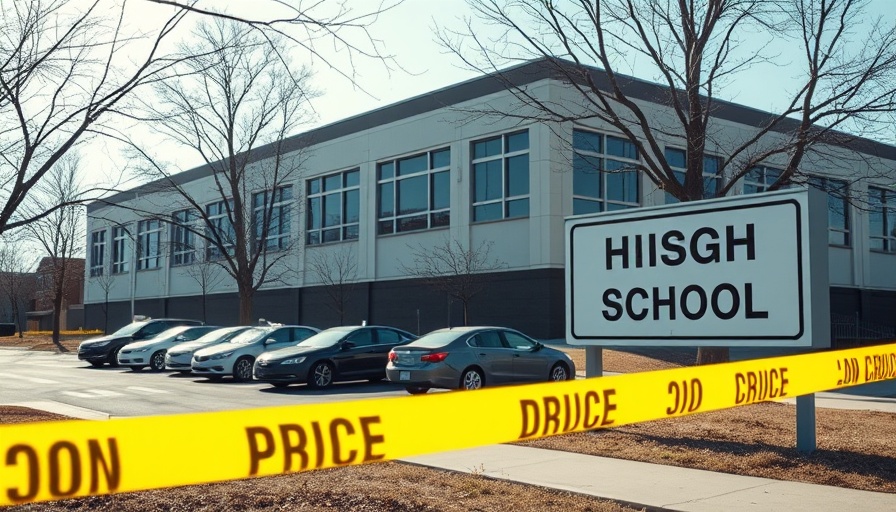
Seattle's Police Department: A New Era Post-Reform
The Seattle Police Department (SPD) has marked a pivotal moment in its history. A federal judge has officially concluded a 13-year oversight process following significant reforms in the department's use-of-force policies, a reaction to a Department of Justice investigation initiated in 2012. This shift means that SPD has regained full control over its operations, transitioning from federal oversight to a new chapter of local governance.
Background: The Birth of the Consent Decree
The consent decree, a legal framework designed to enforce changes within the SPD, stemmed from widespread public criticism, particularly following incidents like the tragic shooting of John T. Williams in 2010. Williams, a Native American woodcarver, was fatally shot by an officer under controversial circumstances, leading to community outcry and subsequent federal scrutiny. The decree compelled the department to overhaul its protocols concerning use of force, crisis intervention, and officer accountability.
Progress Made: Transformative Reforms
Under the consent decree, SPD announced drastic reforms that included the establishment of stringent training on de-escalation tactics, mandatory body-worn cameras, and the rerouting of certain emergency calls to civilian responders. It has demanded a higher standard of accountability among officers and has equipped them with the necessary skills to manage crises effectively. The DOJ itself acknowledged these reforms as a model for other police departments across the nation.
Future Outlook: The Autonomy of SPD
The end of federal oversight heralds a crucial transition for SPD. Judge James Robart’s ruling signifies a vote of confidence in the department's operational capacity, yet it raises questions about the sustainability of these reforms without ongoing federal oversight. Critics argue that while progress has been made, the need for vigilant community and governmental oversight remains essential to ensure that these changes are not only maintained but also evolved in response to the community's needs.
The Role of Community in Law Enforcement
This moment in Seattle reflects a broader trend in law enforcement reform across the United States. The spotlight on police transparency and accountability has never been more intense, and the SPD’s experience serves as a case study for other cities aiming to address similar issues. Building trust within the community is paramount, and continued dialogue between law enforcement agencies and the communities they serve is vital for lasting change.
Officer Wellness: A Critical Component
As Seattle navigates this new phase, the wellbeing of officers must also be a focal point. Addressing mental health challenges, stress management, and overall officer wellness can enhance community relations and operational effectiveness. Promoting programs that support officer resilience and wellness is crucial in sustaining the reforms initiated by the consent decree.
Key Takeaways for Policymakers and Law Enforcement Leaders
This transition from oversight to autonomy is not just a success story but also a significant learning opportunity for law enforcement leaders and policymakers nationwide. As Seattle PD embarks on this new journey, it becomes essential to reflect on the lessons learned during the oversight period. The establishment of best practices, fostering open communication with the community, and committing to ongoing training will be vital to ensure continued progress.
In conclusion, while Seattle's law enforcement community celebrates this milestone, the real work has only begun. Community engagement and active oversight remain crucial to ensure that reform efforts persist and evolve, fostering a safer environment for all.
 Add Row
Add Row  Add
Add 

 Add Element
Add Element 


Write A Comment